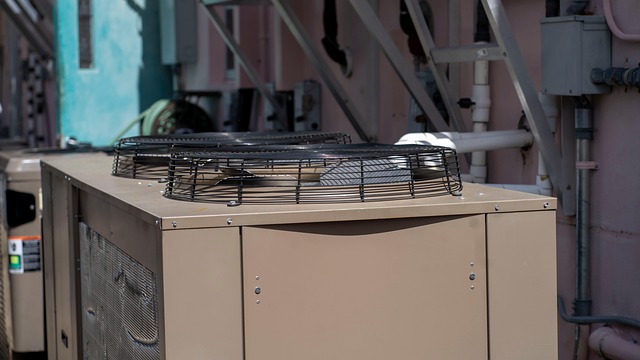Release time: July 10, 2025
Views: 778

Peltier Cooler Application #1: Electronics Thermal Regulation
As modern electronics become increasingly compact and powerful, effective heat management becomes a critical design consideration. Peltier coolers, also known as thermoelectric coolers, offer an efficient, solid-state solution for precise electronics thermal regulation.
Electronic devices generate heat during operation. If not properly managed, this can lead to:
l Reduced component lifespan
l Signal degradation and malfunction
l Thermal runaway and safety hazards
l Inconsistent performance under high load
Traditional air-cooling methods (fans, heat sinks) are often insufficient in small or sensitive devices. This is where Peltier cooling modules excel.
Peltier modules work by transferring heat away from electronic components using the Peltier effect. When powered by DC current:
l One side of the module becomes cold and absorbs heat from the component.
l The other side becomes hot and dissipates that heat via a heatsink or fan.
This two-sided behavior allows accurate and localized thermal control.
| Benefit | Description |
Compact & lightweight | Perfect for space-constrained boards and enclosures |
Silent operation | No moving parts, ideal for noise-sensitive environments |
Fast response | Quick adjustment to temperature changes in real time |
Reversible cooling/heating | Can stabilize temperature for critical components |
Environmentally friendly | No refrigerants or mechanical compressors needed |
Peltier coolers are widely used in electronics such as:
l High-performance CPUs and GPUs
l LED lighting systems
l Power amplifiers and RF circuits
l Laser diodes and optical sensors
l Battery management systems (BMS)
In these scenarios, temperature stability directly impacts reliability, accuracy, and efficiency.
1. Heat Sink Matching
Always pair the hot side of the Peltier module with a properly sized heat sink or fan system.
2. Power Supply Considerations
Ensure the power source can handle the current and voltage requirements of the module.
3. Temperature Sensors + Feedback
Use thermistors or thermocouples to monitor and adjust cooling dynamically.
4. Moisture Control
In humid environments, condensation on the cold side can be a concern. Use sealed enclosures or moisture barriers.
l Efficiency Loss at high heat loads
l Heat dissipation challenges without active cooling on the hot side
l Higher power consumption compared to passive methods
Despite these, the precision and design flexibility of Peltier modules make them an ideal solution for niche or performance-critical electronic systems.
As electronics evolve toward greater power density and compactness, thermal management using Peltier coolers is becoming a strategic necessity. Whether you're designing next-generation LED systems or protecting sensitive ICs, thermoelectric modules can offer a silent, scalable, and reliable way to keep temperatures under control.
Looking for more
information?

0755 23405284
Email: sale02@hj-tc.com
Add: 3/F No.5 Building,Yesun Pingshan Life and Health Technology Park, No. 19 Linhui Road,Pingshan District, Shenzhen, Guangdong,CN.
©2019- 2024 Huajing Co.,Ltd.Copyright